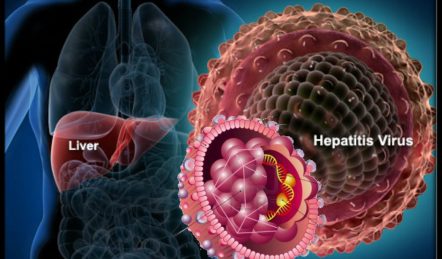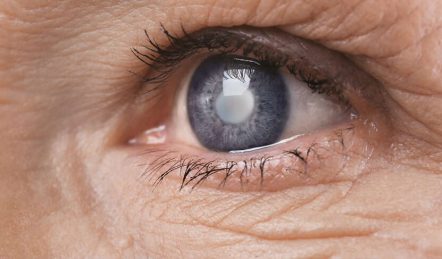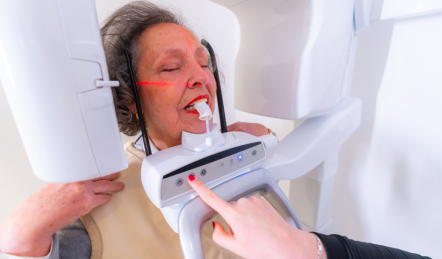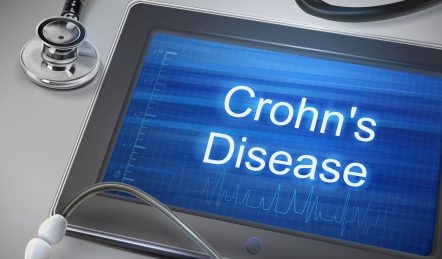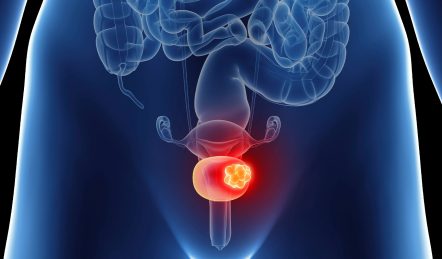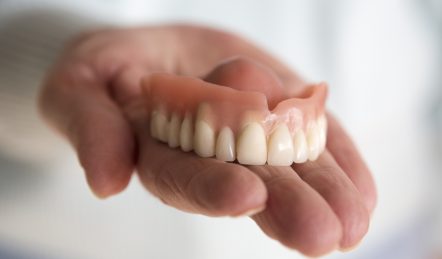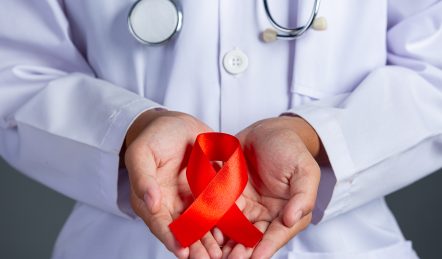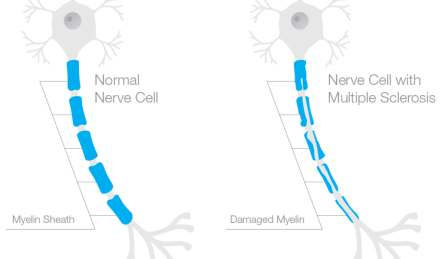The Best and Current Treatment Options for Breast Cancer
The National Cancer Institute listed breast cancer as the most common type of cancer in women. Reports have tallied that one in every eight women in the US will be diagnosed at least once in their lifetime. It’s a prevalent form of cancer in women of all ages. While in men, it’s a rare occurrence, it may happen. 1
That’s why more information is being searched on the best and current treatment options for breast cancer. More people are searching for information on the treatment process to help their case or perhaps a loved one.
There’s just one thing you need to know about cancer: early detection is the key to full recovery. Learning the news that you or a loved one is diagnosed with breast cancer is a difficult moment. But if it’s detected early and when you seek treatment right away, it can be managed.
Breast cancer can be overcome with proper treatment followed and healthy lifestyle changes. If you or a loved one was diagnosed with breast cancer, here are the best and current treatment options in managing breast cancer.
But First… Know the Signs of Breast Cancer
The first knowledge you need to know about any illness, especially breast cancer, is its signs and symptoms. Awareness surrounding cancer of the breast is important so it can be detected early. That’s why monthly breast self-examination is important to see if there are any changes in or abnormalities in your breast.
When you’re aware of the signs and symptoms of the disease, you’ll know when to seek treatment. Seeking treatment early gives a better chance of full remission from cancer. Other women may find it hard to diagnose the disease, especially when unaware of the symptoms. Don’t be one of them and know the signs of cancer of the breast, which are:
- Presence of a lump or mass in the breast
- Changes in the breast’s skin, nipple, or areolae such as scaliness, redness, or thickening
- Dimpling of the breast (looks like a shallow part)
- Retraction of nipples or the nipple is turning inward
- Swelling of a portion or the entire breast
- Unexplained pain in the breast or nipple
- Nipple discharges (other than breastmilk for lactating mothers)
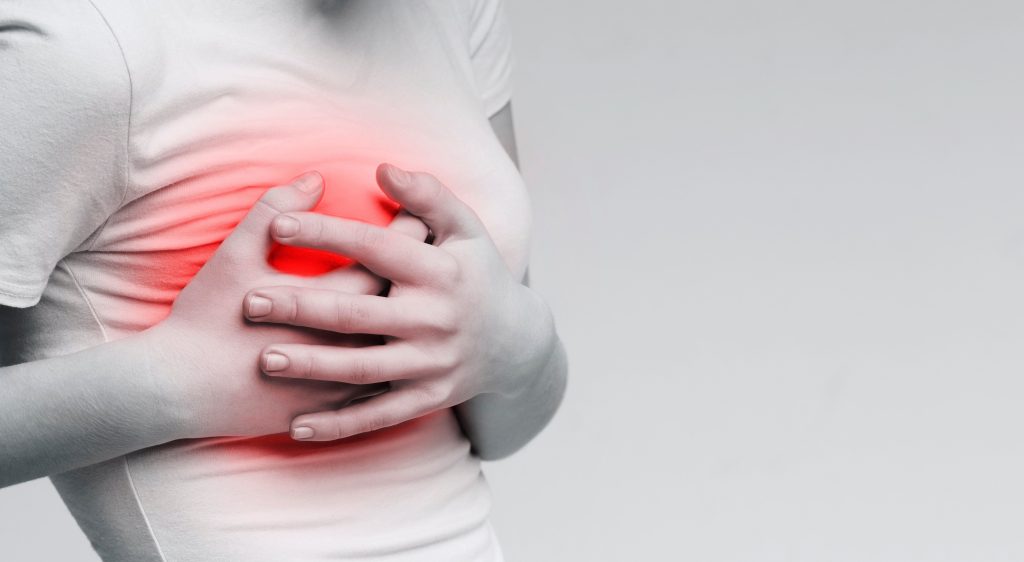
If you notice one of the signs and symptoms above, consult a doctor right away. Don’t wait any further for the disease to worsen. Every day counts when it comes to cancer. You can consult an Obstetric-Gynecologist (OB-GYN) or an Oncologist.
Catching breast cancer early can help improve your prognosis. Your doctor will recommend a screening test to determine the presence of cancer. Hopefully, it’s not cancerous. But if it’s bad news, your doctor will formulate a treatment plan for you to overcome cancer.
Breast Cancer Treatment
If it’s your loved one you’re concerned about, and you’re well aware that they have the signs mentioned above, accompany them for a doctor’s consultation. Also, be there for them during the treatment process. They need your support more than anything in this world. If the tables are turned, you would want them to be there for you too.
Part of the treatment process is knowing that your loved ones are there to support you as part of emotional or mental healing. Now that you’re aware of the signs and symptoms of cancer of the breast, here are the best and current treatment options for breast cancer you need to know, plus its pros and cons.
Lumpectomy
If cancer is detected early, typically, your doctor will recommend surgery. One of the surgeries recommended for breast cancer patients is a lumpectomy. Lumpectomy is the removal of the cancerous lump and its surrounding tissues in the breast. 2
It’s also recommended in conjunction with other breast cancer treatments like radiation and chemotherapy. The success rate of lumpectomy looks promising. But what are its advantages and disadvantages?
Pros of Lumpectomy:
- A lumpectomy can preserve the appearance and sensation of the breast.
- It’s a less invasive type of surgery
- Recovery time is shorter
Cons of Lumpectomy:
- 5-7 weeks of radiation therapy is more likely to be required after a lumpectomy.
- There’s a risk that the cancer cells may recur in the same area where the surgery was performed.
Mastectomy
Another surgery recommended for breast cancer patients is mastectomy. Unlike lumpectomy, in which only the cancerous lump is removed, mastectomy involves the partial removal of one or both breasts.
It’s the recommended treatment for women with breast cancer who have cancerous tumors in several areas of the breast. Typically, mastectomy is recommended for tumors 4cm and above. This is also the best option for surgery for women who are anxious that cancer may recur. 3
Pros of Mastectomy:
- Cancer is least likely to recur
- Having peace of mind and being less anxious that cancer might recur
- Radiation therapy is less likely to be needed after mastectomy
Cons of Mastectomy:
- Longer recovery time after surgery
- More invasive surgery than lumpectomy
- Permanent alteration of the breast appearance and sensation
- Reconstructive breast surgery may be needed
Radiation Therapy
Another treatment regimen for cancer of the breast is Radiation Therapy. This form of treatment uses intense energy beams like X-ray beams that target and kill the breast’s cancerous cells. Radiation therapy is usually recommended after lumpectomy or mastectomy to kill the remaining cancer cells after the surgery. 4
Radiation Therapy is usually recommended for one to seven weeks. The timeframe of Radiation therapy depends on the lymph nodes involved. However, Radiation Therapy comes with its advantages and disadvantages. Here’s what you should know:
Pros of Radiation Therapy:
- Radiation Therapy kills many cancer cells with fewer chances of cancer cells recurring
- It helps in controlling the growth of cancer cells
- It is effective in killing small tumors
- Painless and outpatient procedure
Cons of Radiation Therapy:
- The surrounding tissues, even the non-cancerous cells, may be damaged
- It can’t target large tumors
- Since Radiation Therapy involves exposure to intense energy beams, it may cause skin burns.
- Untoward side effects, such as diarrhea, vomiting, and fatigue a few hours after the procedure.
Chemotherapy
We all have heard of chemotherapy as one of the common cancer treatments. Either for breast cancer or other forms of cancer. Chemotherapy uses chemotherapy drugs injected intravenously to kill existing or fast-growing cancer cells in the body.
Typically, for early-stage breast cancer, chemotherapy treatment lasts for 3-6 months. While for advanced-stage breast cancer, chemotherapy may be over six months. It’s usually recommended in conjunction with other treatments after mastectomy, lumpectomy, or in combination with Radiation Therapy. 5
Pros of Chemotherapy:
- Shrinks or slows down cancer growth so it won’t metastasize to other parts of the body
- Shrinks the cancerous tumor to a smaller size so it can be removed surgically
- Chances of curing cancer completely, especially during the early stage
- Non-invasive and an outpatient procedure
Cons of Chemotherapy:
- It may be ineffective for other people, on a case-to-case basis
- Chemo drugs may interact with other medications. You can talk to your doctor about this.
- Chemo fog which affects a person’s cognitive function leading to memory problems.
- Expected side effects like fatigue, hair loss, nausea, vomiting, appetite changes, and constipation
Hormone Therapy
There are cells in the breast that contain estrogen receptors. If these cells become cancerous and form a lump, Hormone Therapy is recommended to stop these estrogen-containing cells from multiplying and spreading. If the cancer cells do not start in the breast tissues that contain estrogen, Hormone Therapy is not recommended.
This type of treatment is neoadjuvant therapy (before surgery) or adjuvant therapy (after surgery). Hormone Therapy helps reduce the risk of breast cancer from coming back. An estrogen-blocking drug is administered through injections either in the arms, legs, or hips. 6
Pros of Hormone Therapy:
- Slows down the growth and spread of cancerous cells
- Prevents the cancer from returning
Cons of Hormone Therapy:
- This type of treatment can’t be used for all types of breast cancer.
- Side effects such as hot flashes and vaginal dryness
Other Forms of Treatment for Breast Cancer
- Targeted Therapy
- Biological Therapy
- Immunotherapy
- Alternative treatments like Acupuncture, a Detoxification diet, and many more

Concluding Thoughts
Receiving the news of having cancer of the breast is frightening. But you should know that this battle is something you can win. If cancer is diagnosed early, when combined with the right treatment and healthy lifestyle change, you can be a cancer survivor.
By being informed of the early signs of breast cancer and staying informed of the best treatment options, you can fight cancer like a true warrior. Like anything else, doing your research is always a good idea. Whether you’re doing this for yourself or a loved one, whether you have breast cancer or not, raising awareness about breast cancer can save lives.
References:
1 National Cancer Institute / Common Cancer Types
2 Mayo Clinic / Lumpectomy
3 Cancer Org / Mastectomy
4 Cancer Org / Radiation
5 Cancer Org / Chemotherapy for Breast Cancer
6 Cancer Org / Hormone Therapy for Breast Cancer



